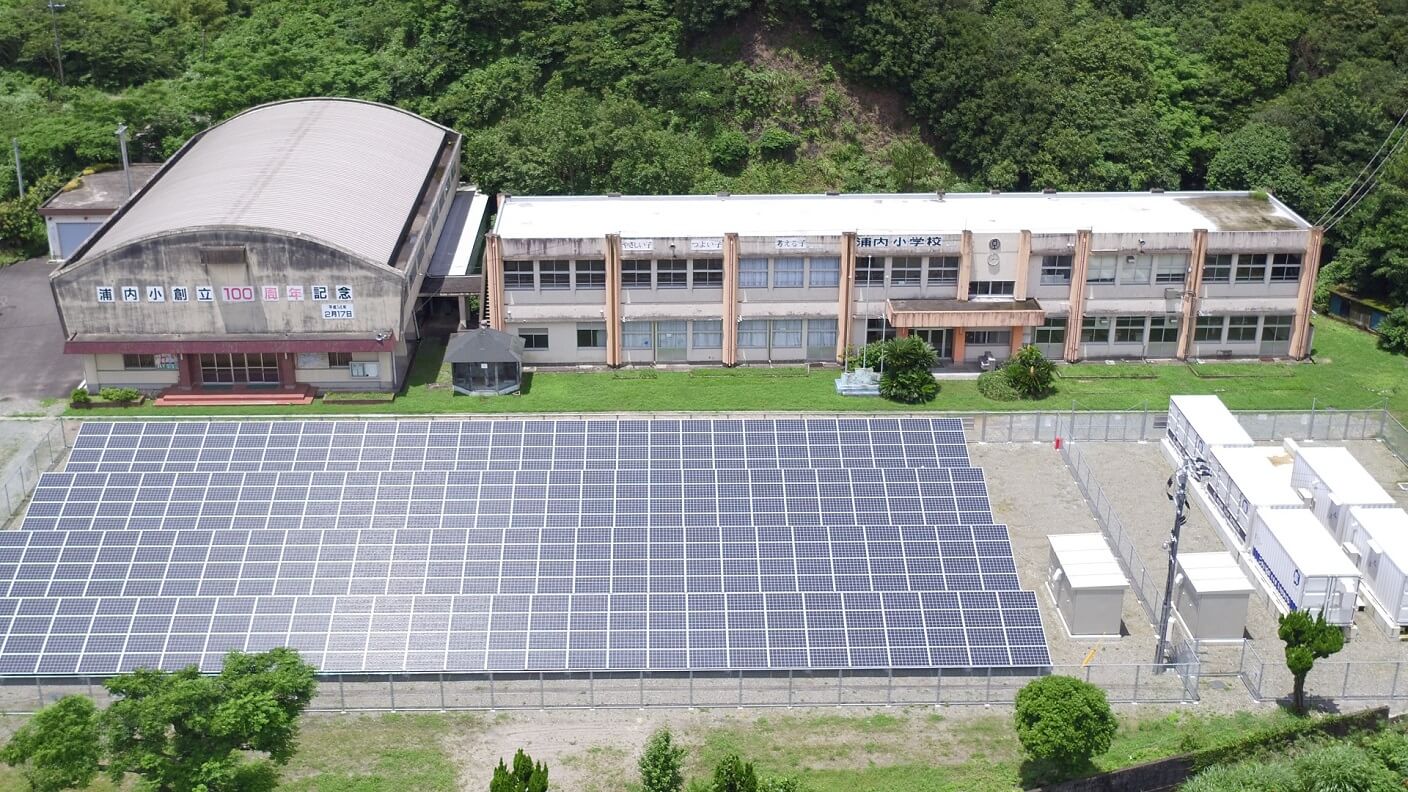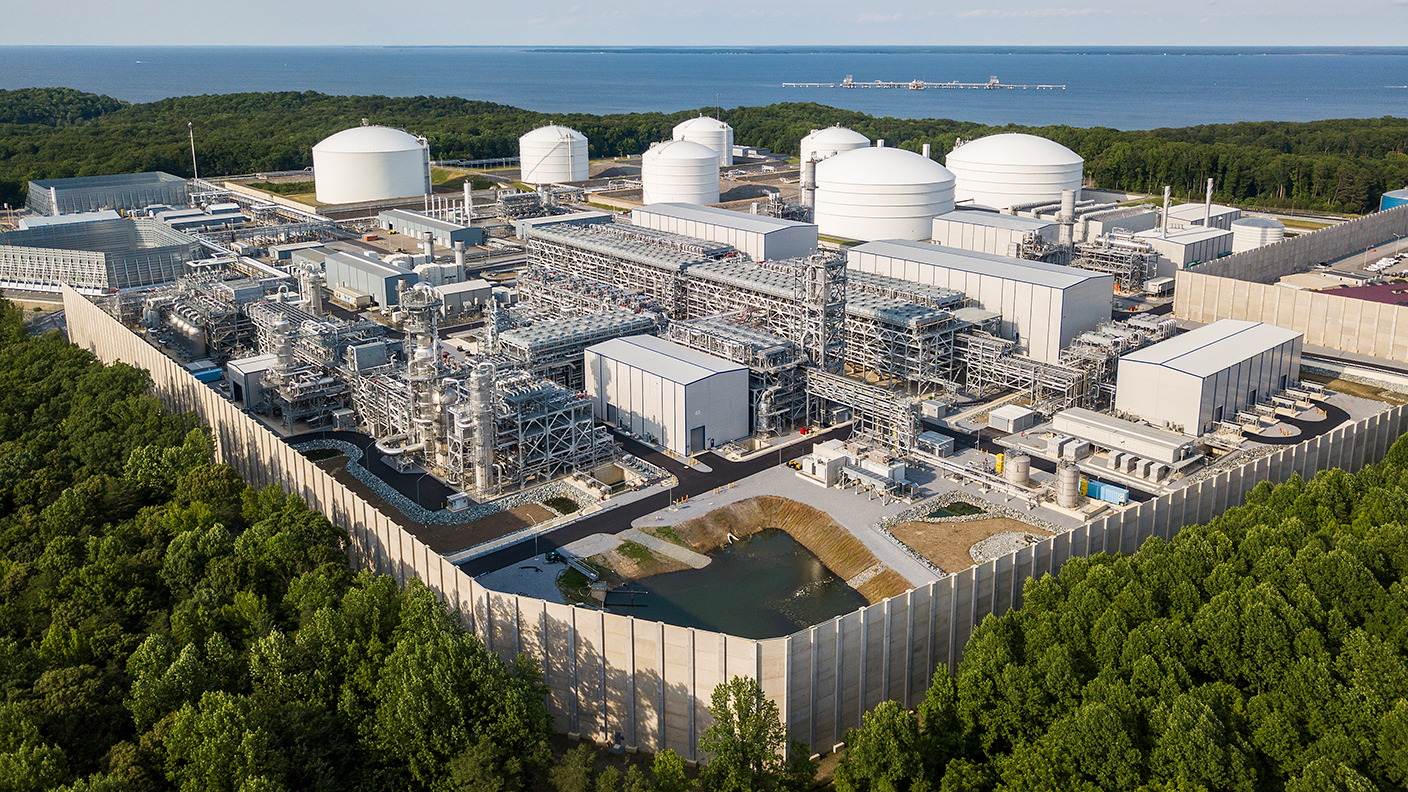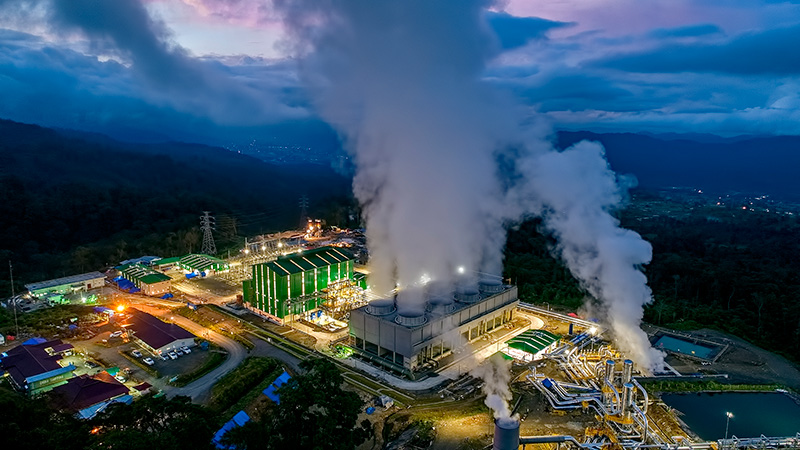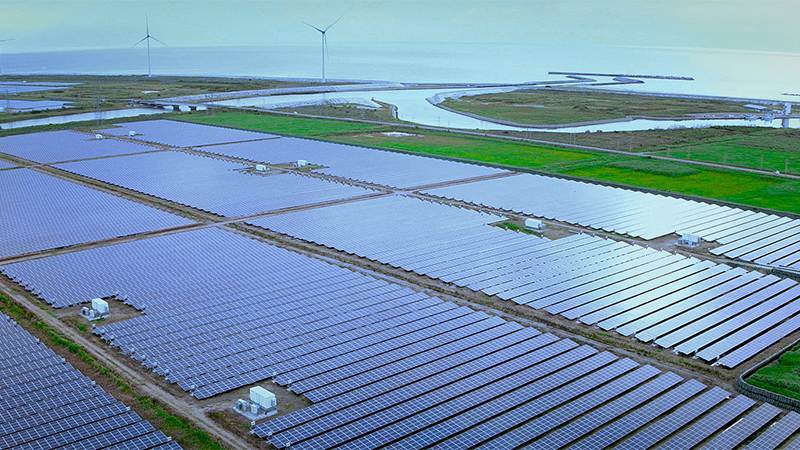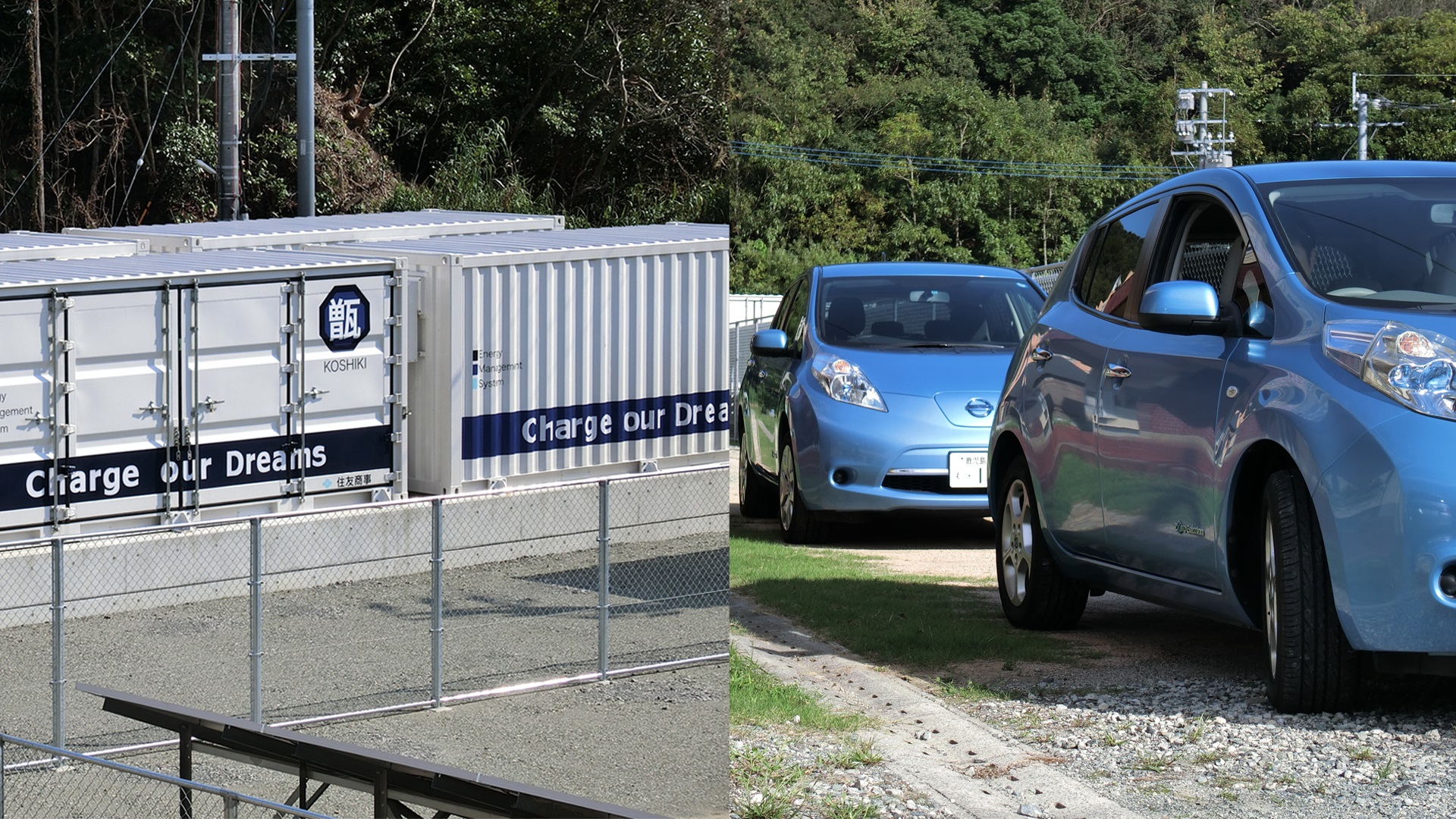
Global Cases
Contributing to next-generation energy infrastructure by smart use of cutting-edge battery technology for automobiles
Japan
“Energy storage” functions will stabilize electricity infrastructure
The development of advanced lithium-ion batteries, now said to be the favorite option for electric vehicles (EV), began on a full scale in the 1990s. Since then, Sumitomo Corporation has handled various products including raw materials such as anode- and cathode- materials and electrolytes as well as production machineries.
The major turning point for the raw materials business came around 2008. Predicting that EVs and hybrid cars would replace traditional gasoline engine vehicles, Sumitomo Corporation started to explore possibilities for new businesses using lithium-ion batteries. This resulted in the development of a business model for the reuse of lithium-ion batteries used in EVs.
The performance of lithium-ion batteries tends to get worse after a certain number of charge/discharge cycles. This results in the mileage of EVs getting shorter gradually. At some point, the battery must be replaced, but the used one can still be valuable if it is adequately used for other purposes. One such potential use is energy storage.
For energy storage business using lithium-ion batteries, there are two main possibilities. One is the smoothing of renewable energy generation. One of the disadvantages of solar and wind power generation is the output instability caused by weather effects. If energy storage is available, however, electricity can be stored when weather conditions are fair and released when weather conditions are foul. It will then be possible to supply electricity according to demand in a stable way.
Another possibility is the stabilization of electricity transmission supplied by power utilities using smart grid technology. By adding functions for storage batteries to a grid system, the frequency of the grid will be well controlled, thus enhancing its quality. The supporting system for large-scale grid stability is called “ancillary service.”
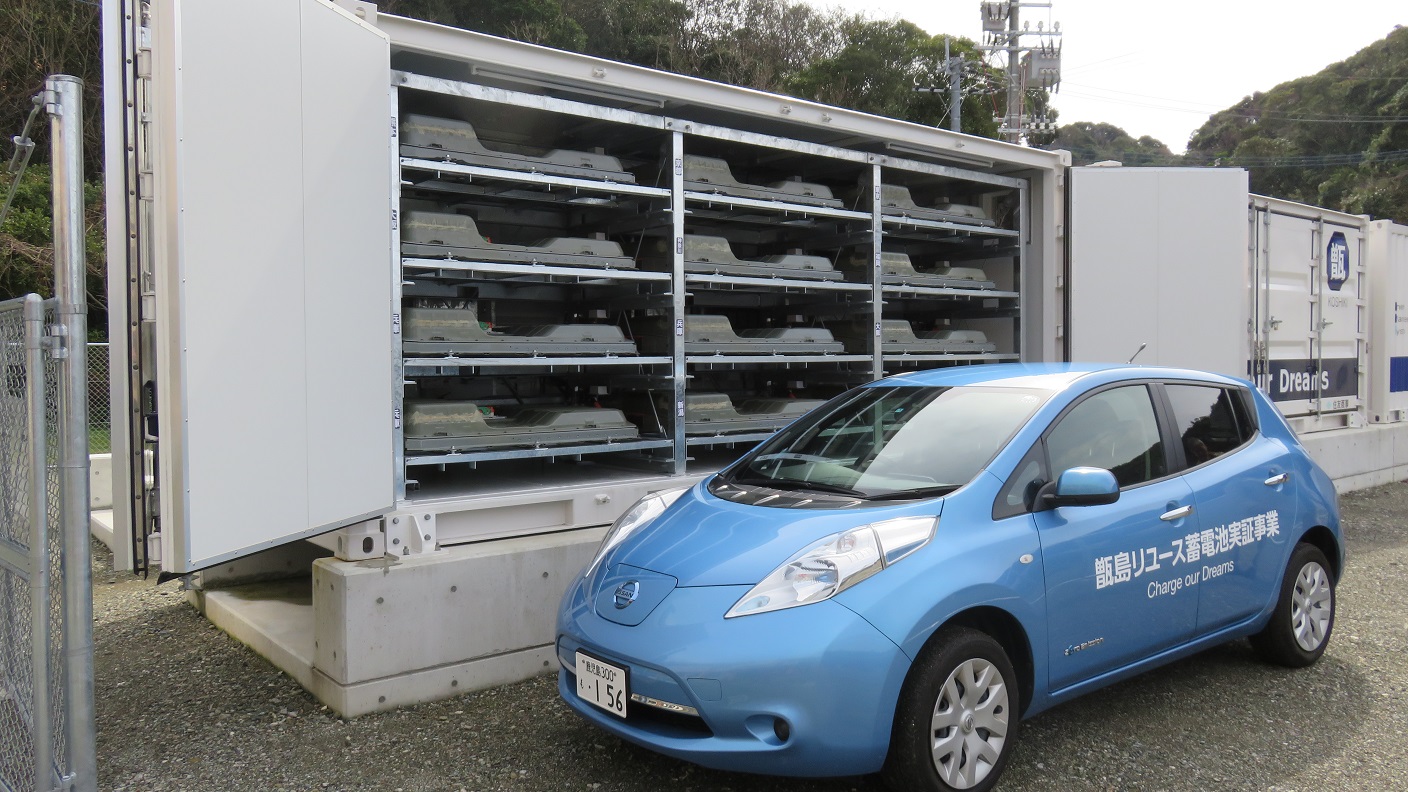
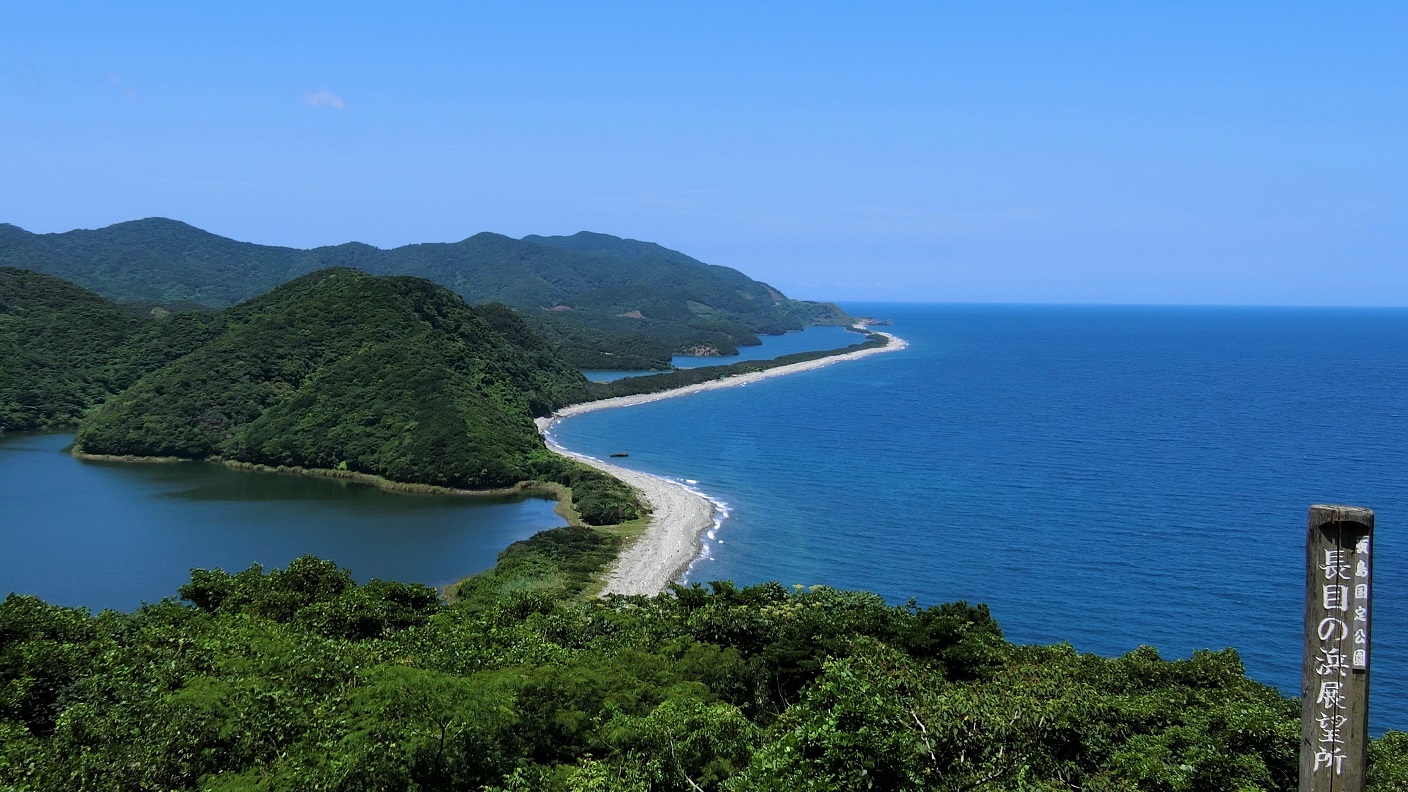
Taking on the energy storage service business, where batteries take center stage
Our goal is to create a recycling-oriented society that supports day-to-day life and industry through the secondary use of lithium-ion batteries used in EVs. In 2010, Sumitomo Corporation joined hands with Nissan Motor to establish 4R Energy Corporation, a new company for the reuse of EV batteries. This broadly coincided with the start of mass production of EVs in Japan.
Additionally, Sumitomo Corporation began to take on the challenge of providing energy storage services using the reused batteries at 4R.
In 2013, technology development for the world’s first energy storage system using reused batteries began at Yumeshima, Osaka. Capitalizing on its achievements, a model case for a business with batteries at its core (energy storage center) was established for the first time in Japan on a remote island called Koshikishima in Satsumasendai, Kagoshima in 2015. This is a public works program aimed at building energy infrastructure on the island that attracts as much renewable energy as possible, through cooperation with the city of Satsumasendai. This is an unprecedented model in Japan, which means that frameworks in terms of laws and systems are still being prepared. When completed, the energy storage center business can spread on a full scale across mainland Japan as well.
Additionally, Sumitomo Corporation started demonstration projects for batteries for “virtual power plant” (VPP) technologies in locations such as Isahaya, Nagasaki from the end of 2017. VPP is a cloud-based system designed to provide reliable power by aggregating the capacities of distributed energy resources including factories, offices, and homes, through the use of IoT. VPP is attracting a lot of attention as a system to achieve a “low-carbon smart city.”
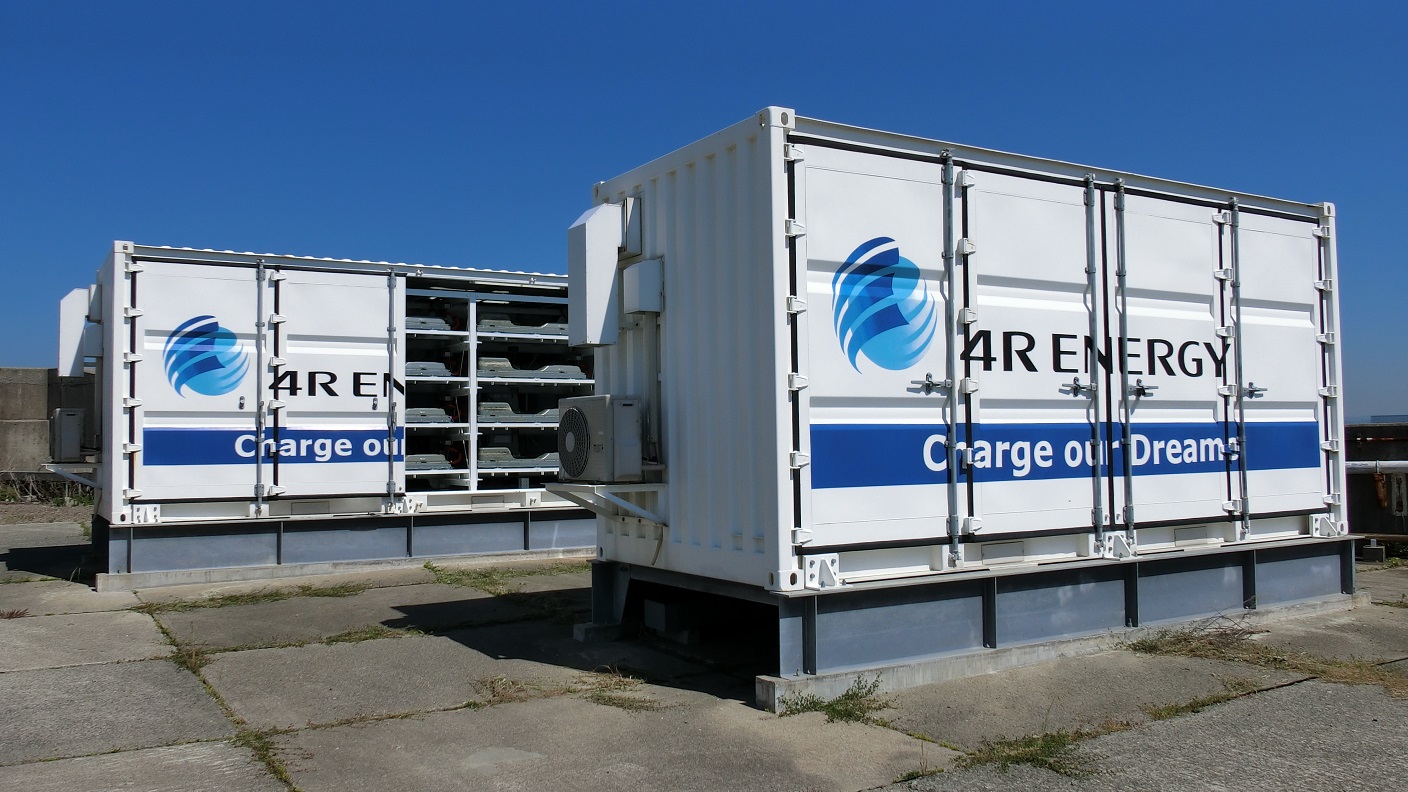
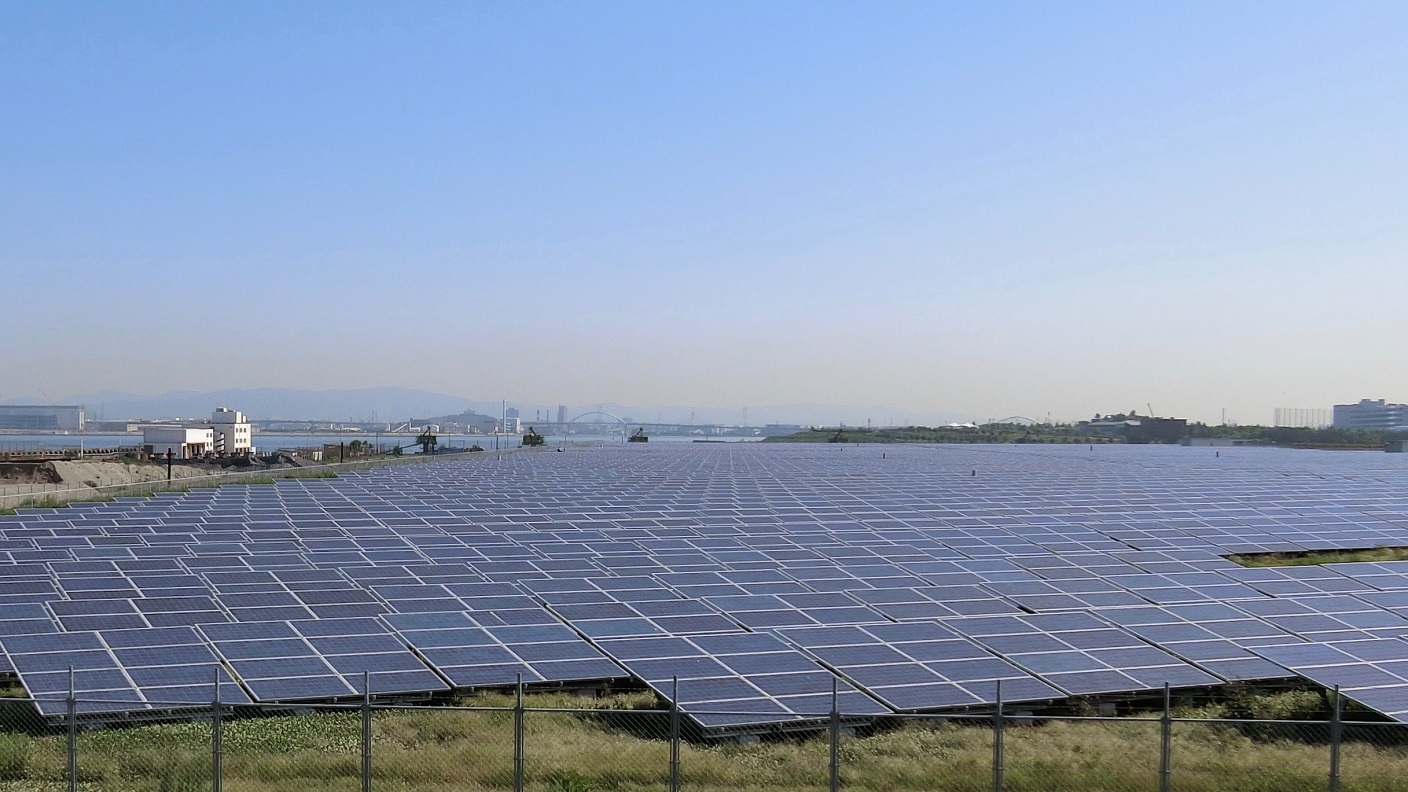
Realizing new electricity services through alliances within the group
There are two main directions in which the future of the energy storage business at Sumitomo Corporation is headed. One is to expand the “regional energy utilization (produce locally and consume locally) model” established in Koshikishima to the rest of Japan. For this model, the aim is for the energy storage center or VPP to serve as the base for adjusting supply and demand, much like a mini power utility.
The other direction is a large-scale energy storage business that provides ancillary services to energy transmission and distribution companies or the electricity exchange market.
Currently, renewable energy is becoming prevalent thanks to the government’s Feed-in-Tariff (FIT) system. When the system completes its role, the market will transition to a system of completely free competition. Additionally, the electricity market will finally be drastically liberalized by 2020 with the legal unbundling of the transmission and distribution sectors. Sumitomo Corporation’s goal is to build a reliable energy storage business model in anticipation of the coming new age in electricity.
Sumitomo Corporation does not only own and manage solar, wind, and biomass power plants within the group, it is also involved in electricity retailing through Summit Energy Corporation, mobility services to promote EVs, and real estate business, which excels in urban development. By forming alliances between these domains, we will continue to take on the energy storage business to create an enterprise that can contribute to the local community while coexisting with the earth’s natural environment.
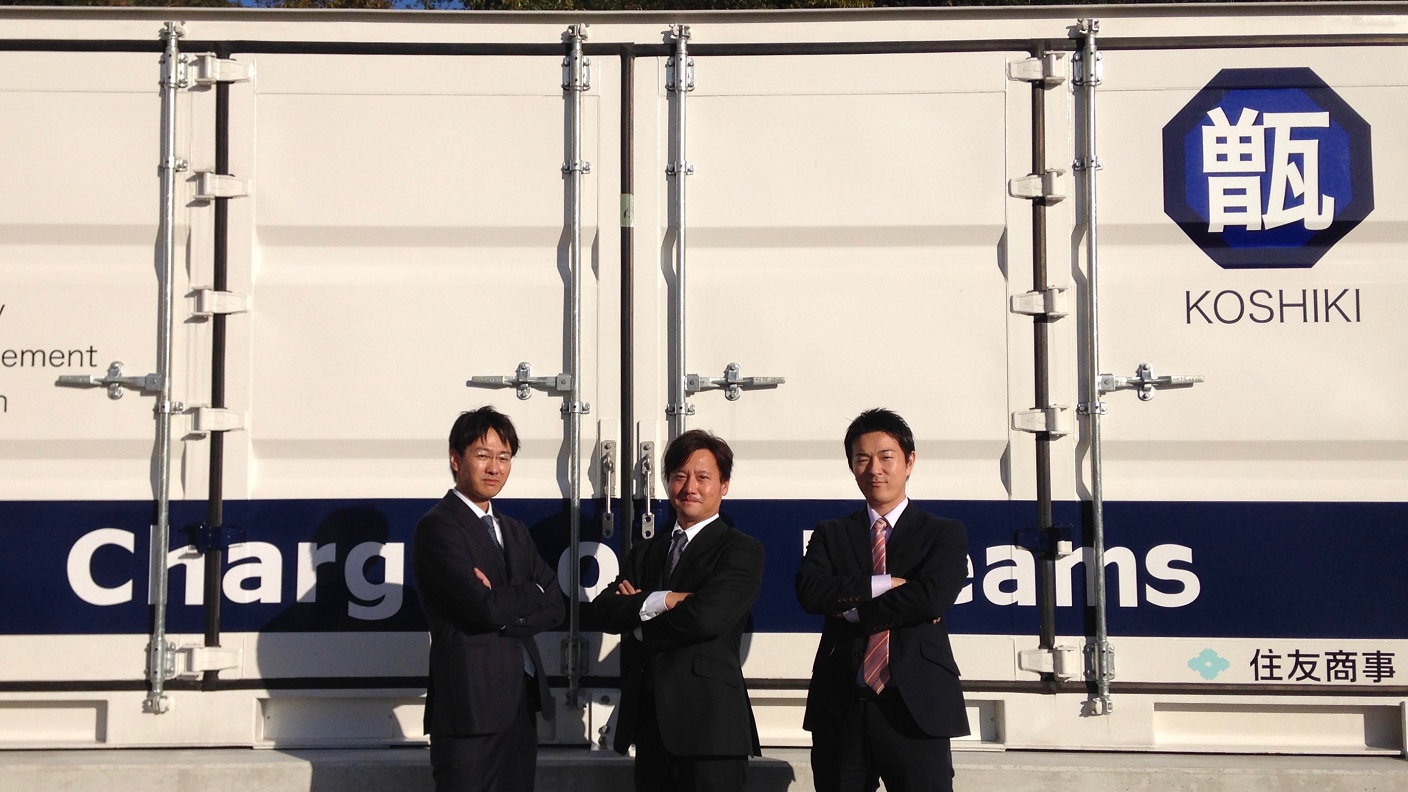
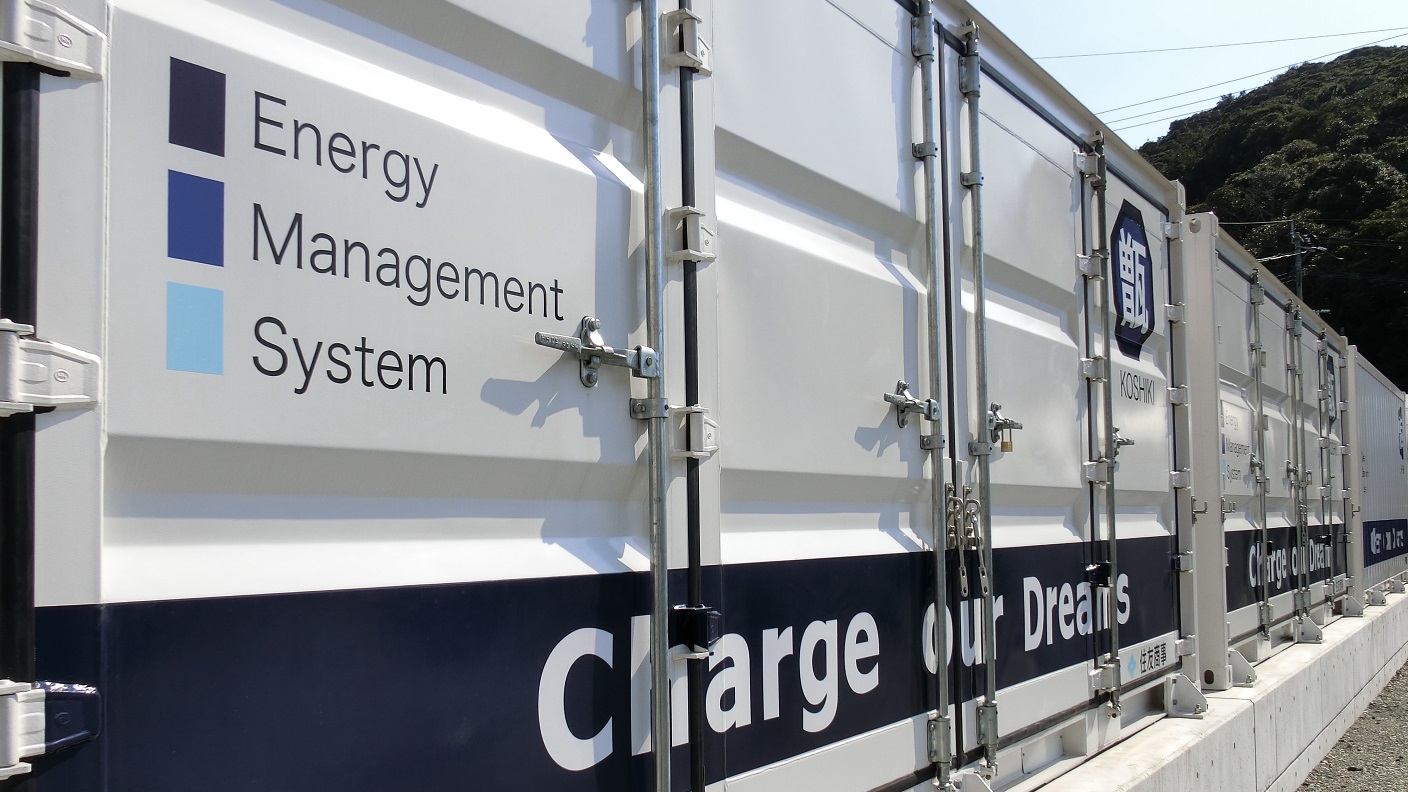
May 2018
Keyword
- Japan
- Electric Power Energy
- Environment
- Decarbonization
- Energy Transformation Business Group

